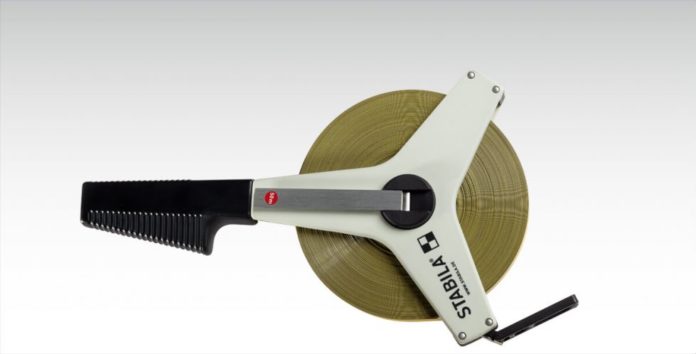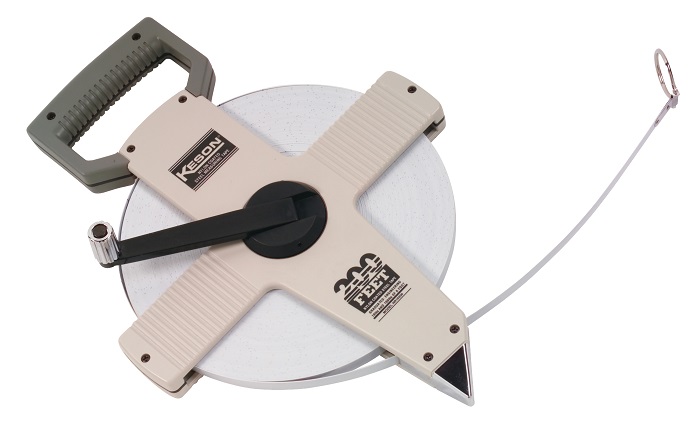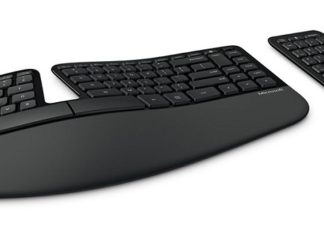
A lot of complex scientific formulas and concepts rely on measurement. That’s why measuring instruments have been developed from the earliest time of mankind. Almost every industry uses a measuring instrument and many households even depend on it, but only realise they do so after they actually need it.

However, not all measuring tapes are made the same. The ones we use at home aren’t even remotely similar to those used by professionals in industrial settings. The main difference lies within their ruggedness and ability to withstand a lot of wear and tear, year after year, in extreme temperatures and weather conditions. You’ll usually come across two basic types of measuring tapes – a closed reel tape measure and an open reel tape measure type.
For heavy-duty use, the open reel tape measure is the more popular type for a couple of reasons. First and foremost, an open reel measuring tape is ideal for outdoor use, because it’s much easier to clean the dust and debris that gets caught on the tape. Secondly, open reel models feature a shovel handle which allows for a firmer grip and extra comfort. And lastly, open reel measuring tapes are typically longer, because they aren’t as restricted from the housing that closed models have.
But the housing isn’t the only thing that matters when picking a measuring tape. The blade is also of utmost importance, and in case you don’t know which part of the measuring tape the blade is – it’s the tape where the measurements are marked. The two most popular types of blade, or tape material are fibreglass and steel. There are a couple of differences between the two types, such as: metal being more durable, but are more susceptible to heat. On the other hand, fibreglass is rust resistant and more affordable.
Moreover, a couple of more things to consider when picking the blade of the measuring tape are whether you’ll be using it around electric hazards (in which case you should go with fibreglass, as it’s not an electric conductor like steel), and whether you’ll be using it in a windy area (in which case you want a thinner blade like fibreglass because it’s less affected by the wind).
Lastly, the locking mechanism is not to be overlooked, as it can be a vital part of almost any tape. It allows the user to hold or lock the tape at a fixed point, thus preventing bending and damage when measuring. It also allows the operator to mark a specific point on the tape by locking it to mark the end of a measurement.















